Over the last year we have been involved in a number of projects for schools and colleges who have decided to create wildflower areas for educational as well as landscaping purposes. It is fantastic to think that exposing more children to wildflower environments from an early age might help the next generation be more in touch with nature, spark a fascination with plants and wildlife and perhaps even begin to understand the importance of biodiversity. We know that Wildflower Turf holds so many opportunities for learning for all ages, here are just a few examples.
- plant lifecycle
- mini beast projects for primary schools
- nature through the seasons
- co-dependence of wildlife and wildflowers
- habitats for insects
- sensory and creative opportunities for nurseries
One of the many things that has enthused us about these educational projects are the stories of pupils, parents and volunteers getting involved with the actual creation of the wildflower areas. Hythe Community Primary School have recently completed a ‘Wildlife Zone’ project and I think the pictures below are testament to how enjoyable it can be to get involved. A volunteer team from British Gas gave up a day to come and prepare the site and a team of parents and children came in to lay the turf. It took only two hours for the 120 rolls of turf to be laid.
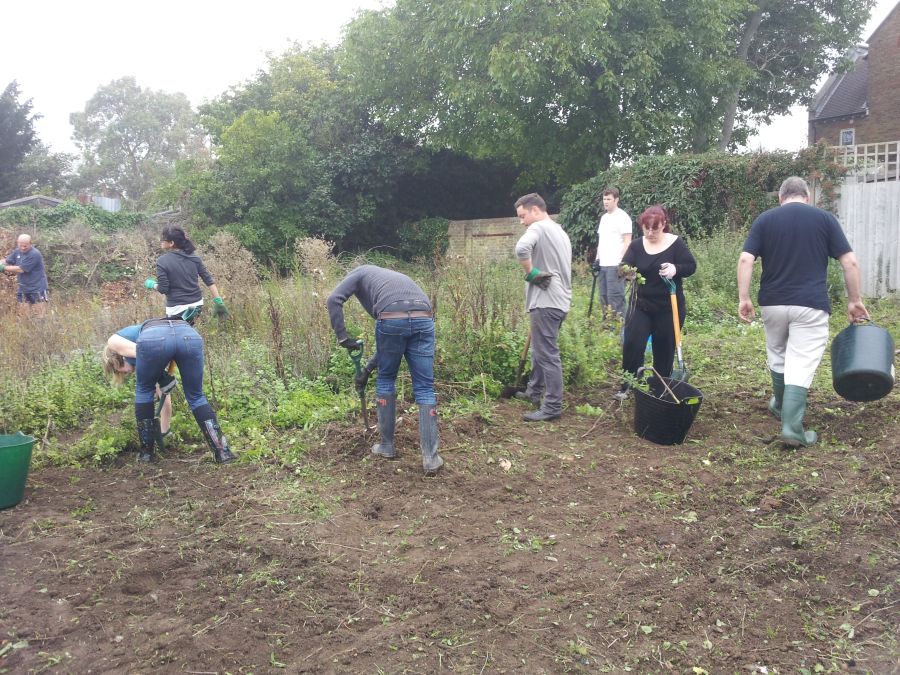
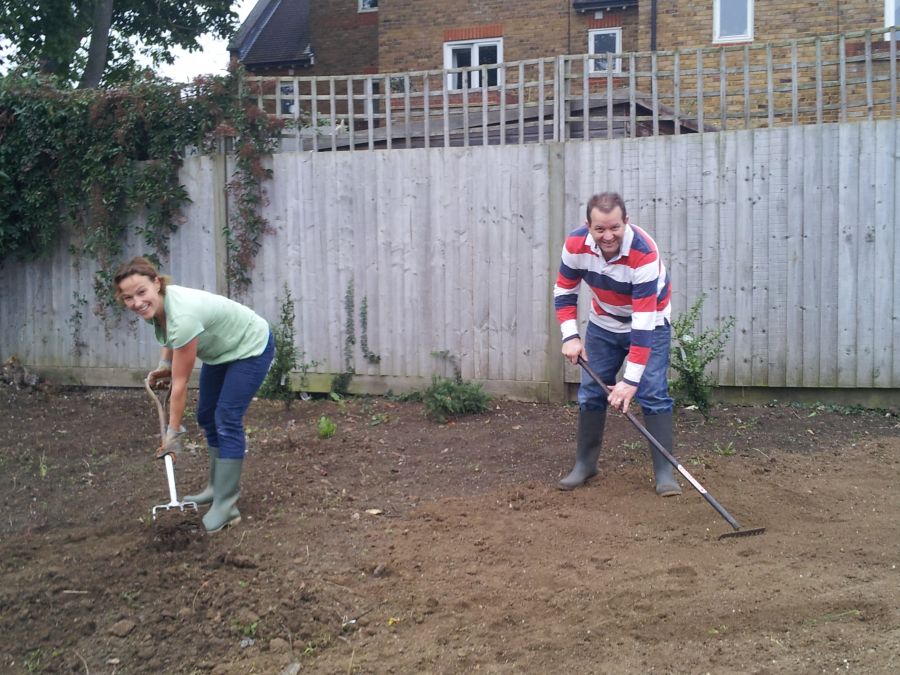
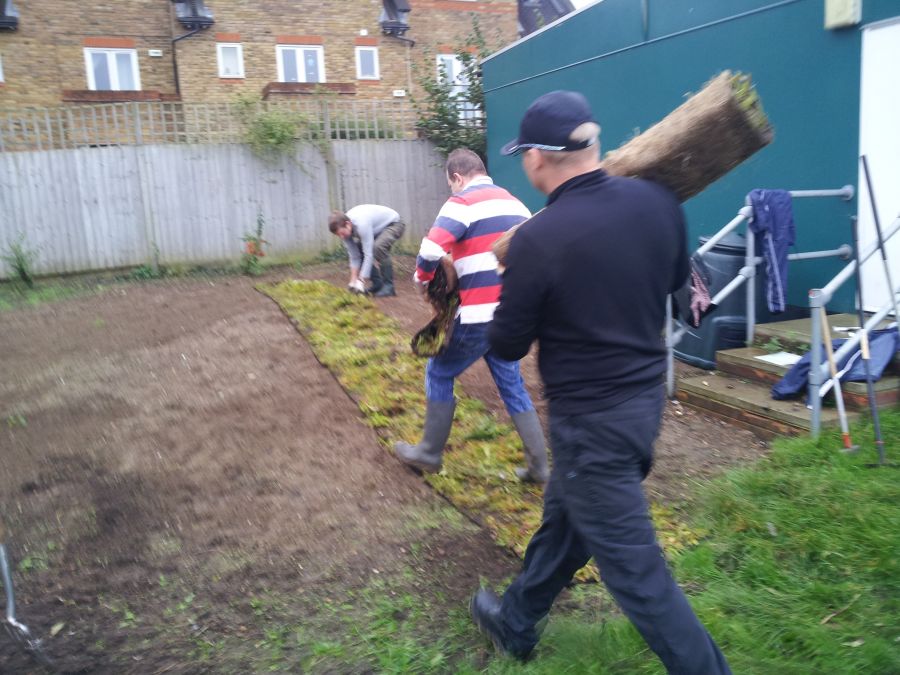
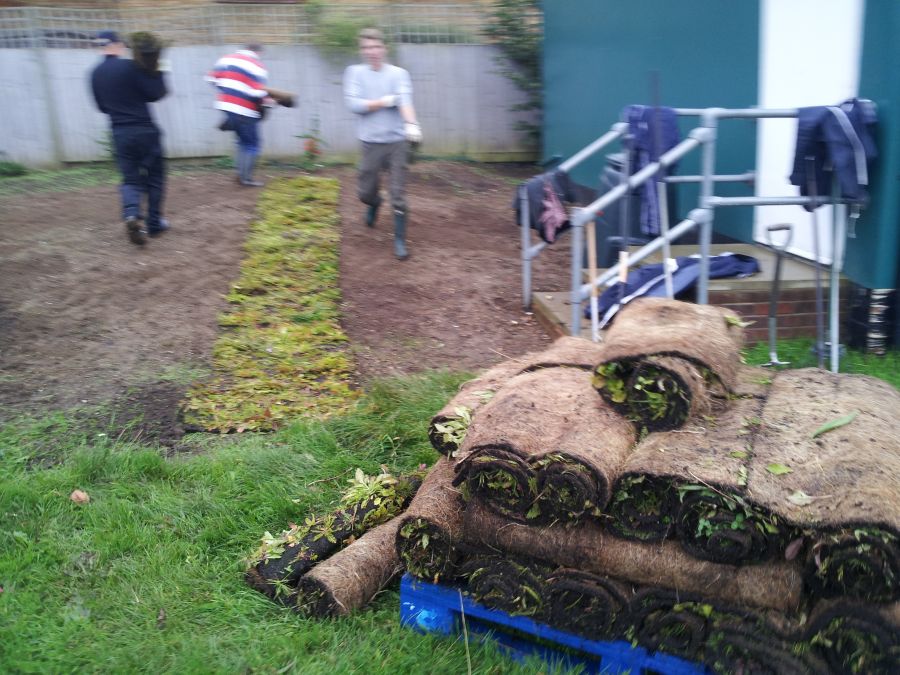
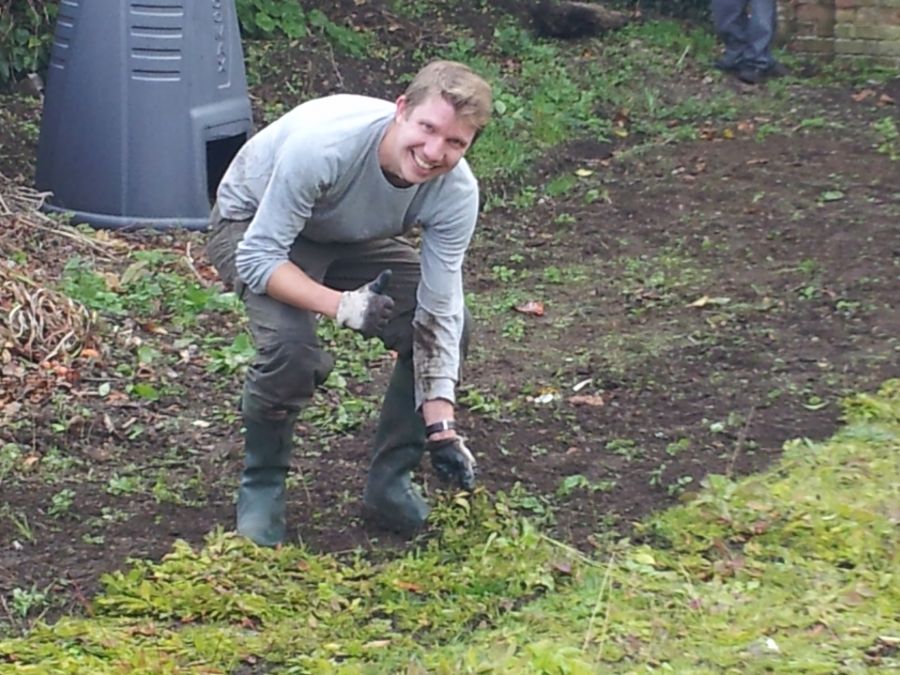
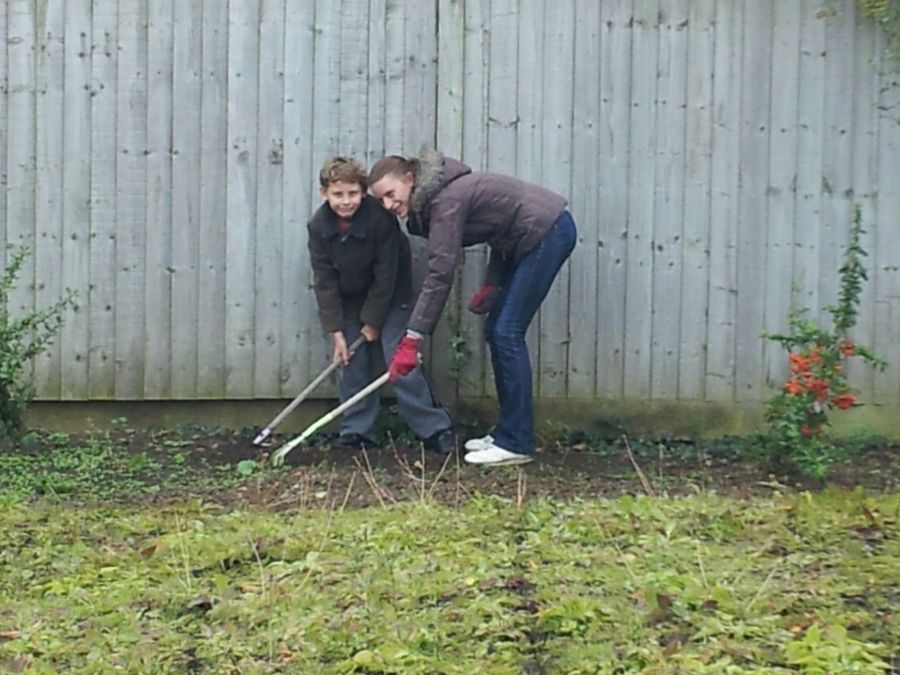
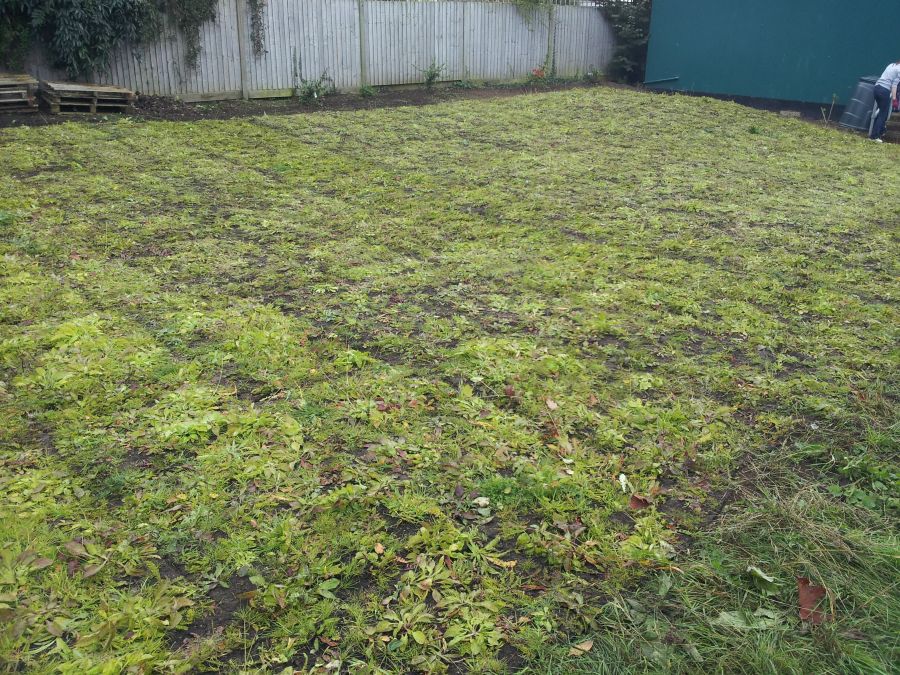
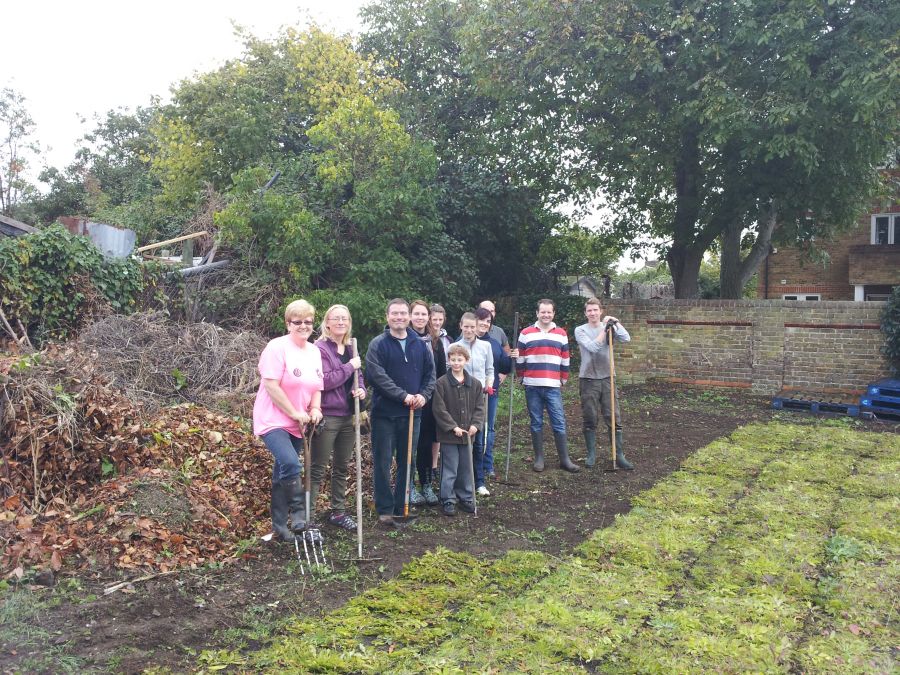
Hythe Community Primary School have a very definite learning plan for their wildflower meadow and Mary Blane, their Eco Schools Co-ordinator, has very kindly shared their ideas with us.
“The main plan that we have for the Wildflower area is to educate pupils directly about the flowers and plants and the wildlife these flowers attract. This will be particularly useful for links to topics such as the Environmental topic that year 3 study and every class now has a local area study that can include wildlife. In addition to this , the area will support the new curriculum for science. Every key stage 2 class studies ‘all living things ‘, which incorporates studies of life cycles, animal webs, and species studies.
Extra benefits for the Wildflower area will be that as the area grows and develops, we will be able to use it to gain our Silver Eco schools award. This means that the school will be recognised as an environmental school.
Also, the wildflower area will be of benefit to our pupils from the Harbour Centre, who will be able to explore in the area in a sensory way, smelling, touching, feeling and making hands on observations. The area can also be used by the nursery attached to the school, so even very young pupils can learn about different varieties of plants, flowers and insects.
We hope to build a bug hotel as part of our Eco Schools project towards our Silver award and place it in this area also. It is wonderful that British Gas have been able to provide us with this wonderful resource for learning and teaching and we will document it’s growth and use as the area matures.”
We will definitely be keeping in touch with this project, it sounds incredible that a relatively small area can provide such a rich source of learning material.
Last year we got involved in creating a wildflower area for our local school, Overton CE Primary School. They very kindly sent us pictures to show how they have used this area to help inspire their mini beast project, drawing pictures of the insects they have seen amongst the wildflowers. 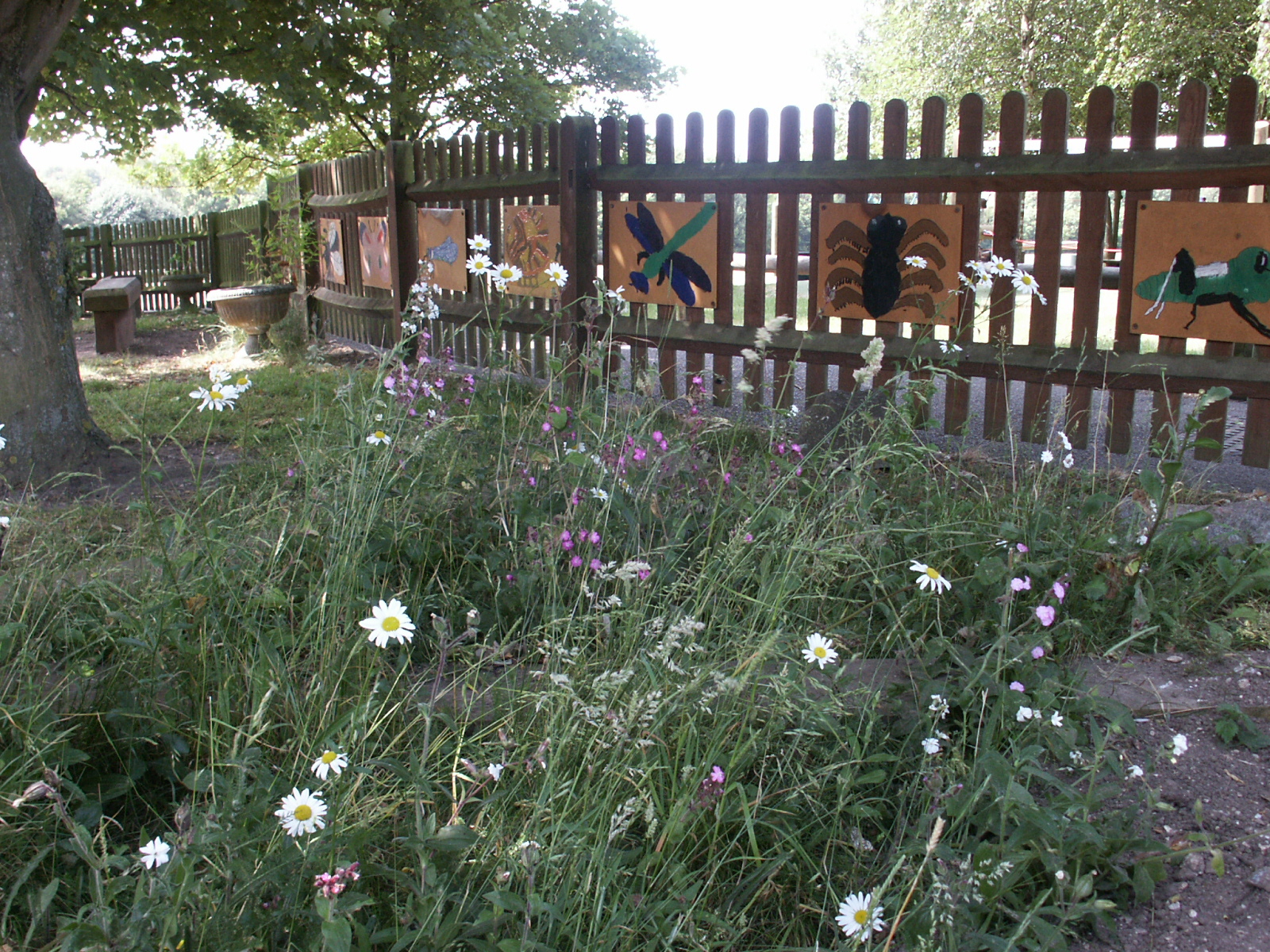
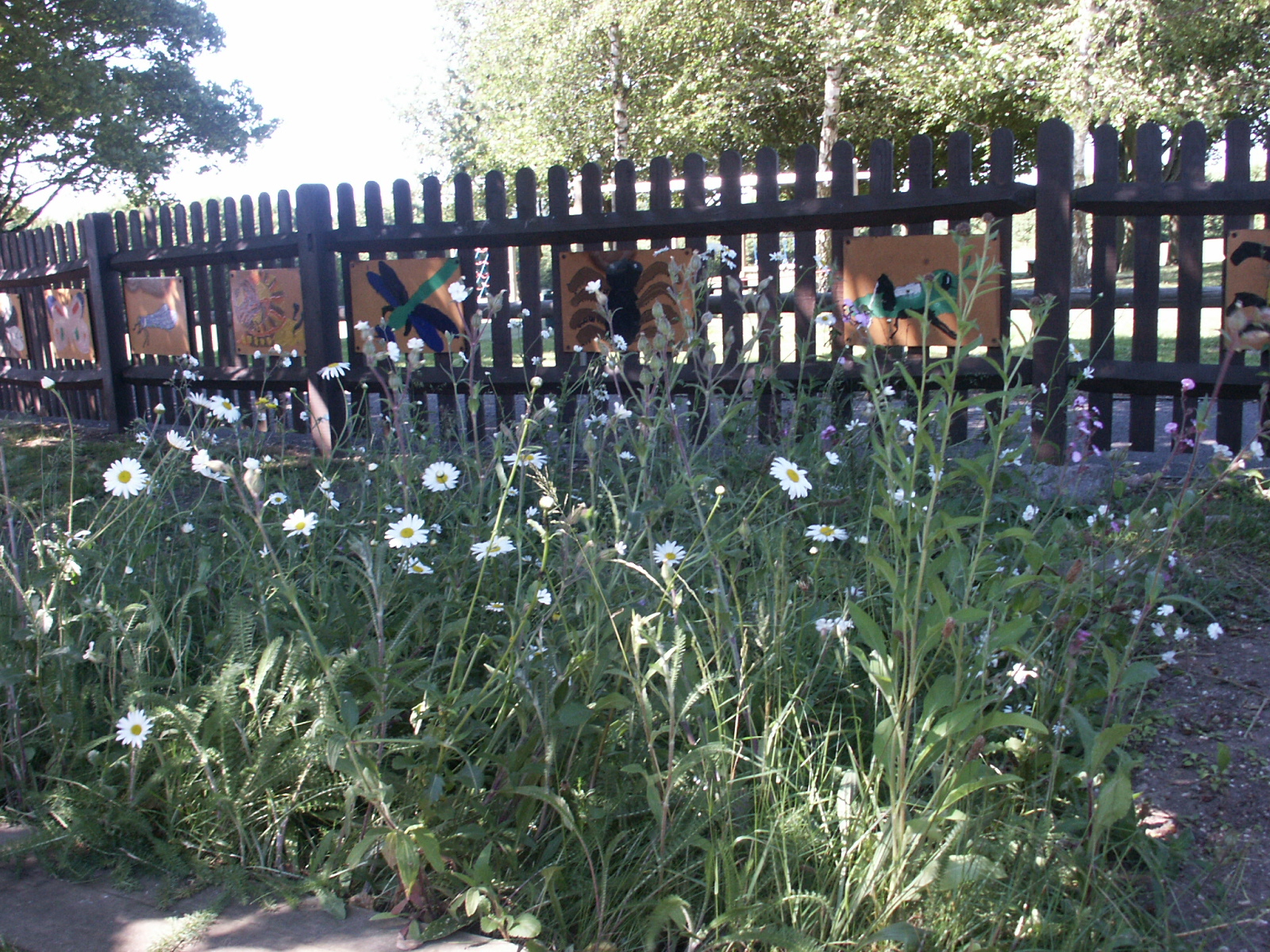
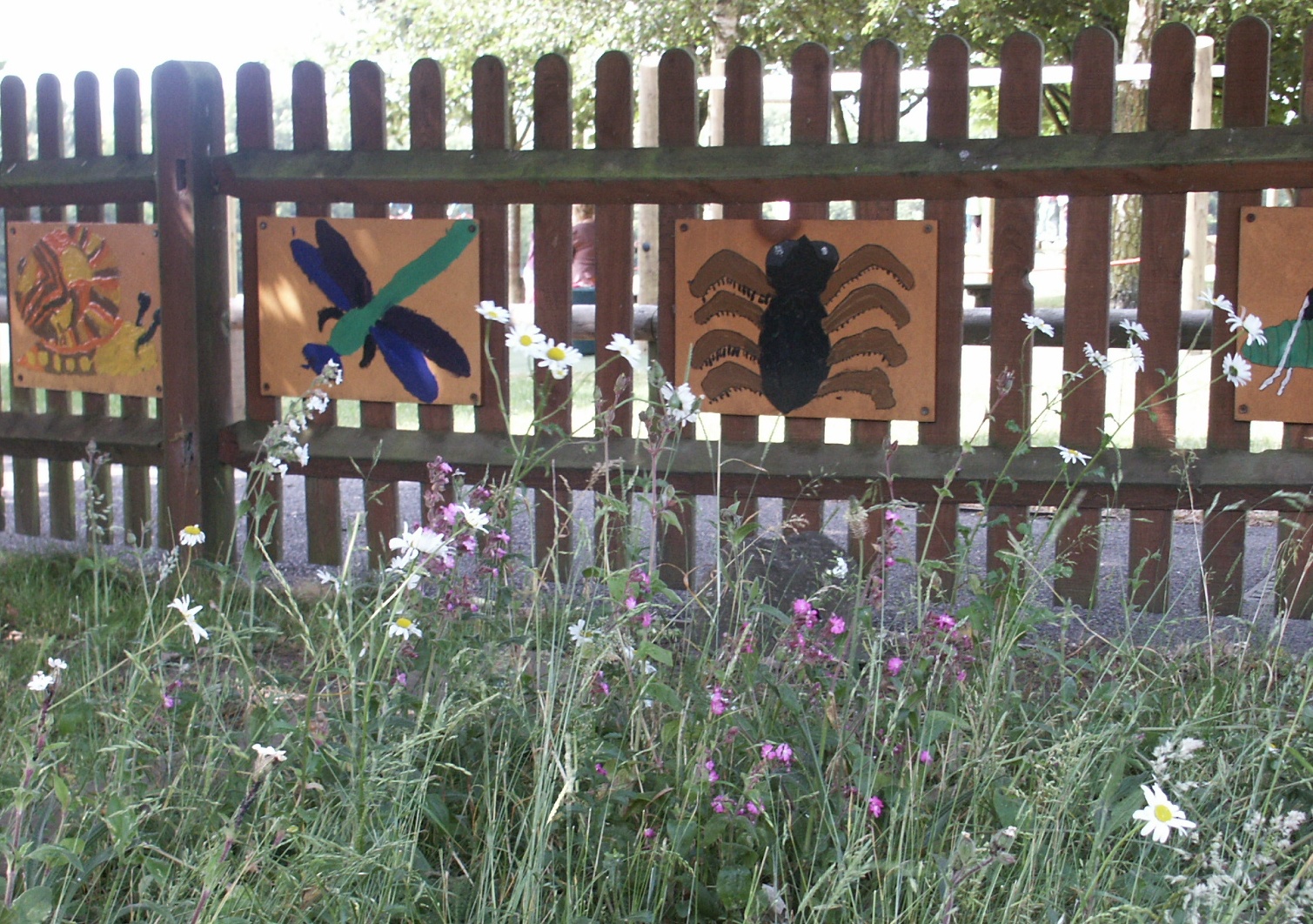
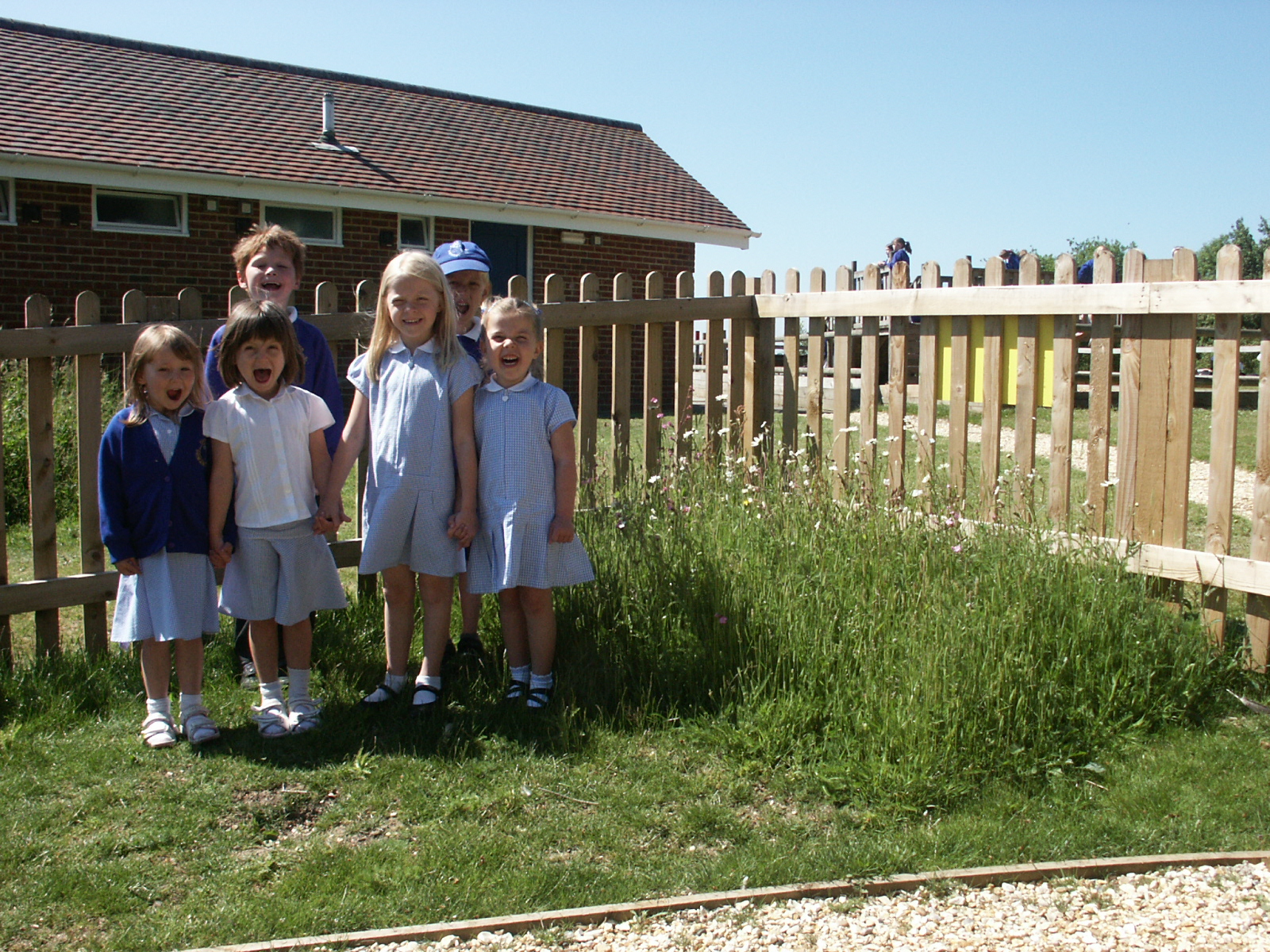
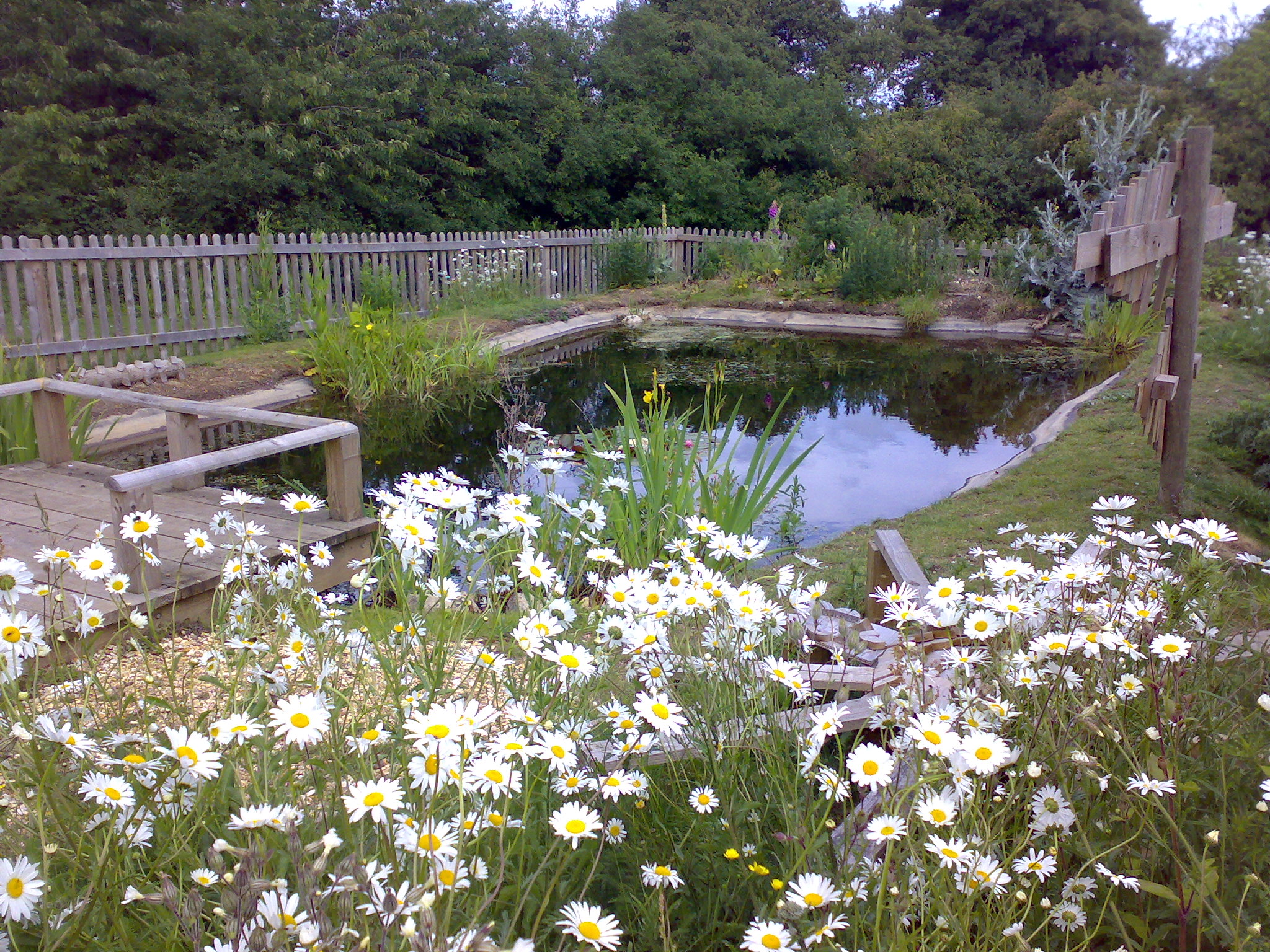
At the other end of the educational spectrum, we have also provided turf to a number of universities. The University of the West of England have used Wildflower Turf and associated products for a number of different purposes including a project to carry out trials for Wetland Systems in their greenhouse for Applied Science students. Below is a picture of the new R Block on the Frenchay Campus, creating an inspiring landscape in front of the Environment and Technology Department. 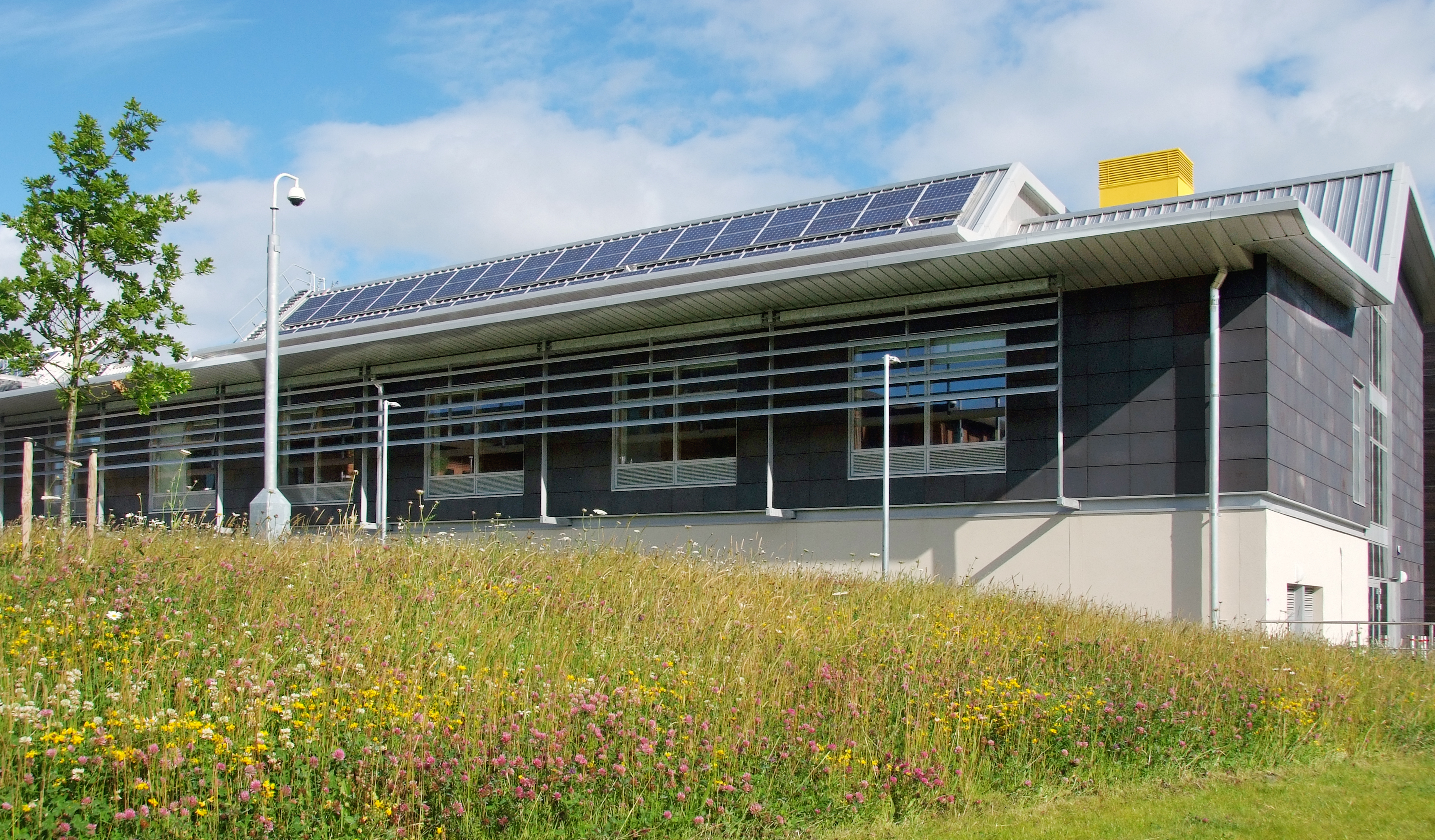
At the University of Winchester, they have created a green roof on a building using our roof turf. The head gardener has reported back to us, claiming it has been a “huge success”. This year they have also created a beautiful landscaped area in front of a new building.

We have watched with interest over the last week, the fantastic project created by David Bond, called Project Wild Thing, all about the reconnection of our children with nature and encouraging them to have ‘wild time’. His new film release is certainly worth a watch and will hopefully encourage schools to create new ‘wild environments’ and spend more time outdoors.
If you are a parent, teacher, part of a school maintenance contract or even a willing schools volunteer, we urge you to encourage a wildflower environment for the children, creating a beautiful, natural resource for a wealth of learning opportunities. Do get in touch should you require any further information about wildflower turf in schools and colleges.